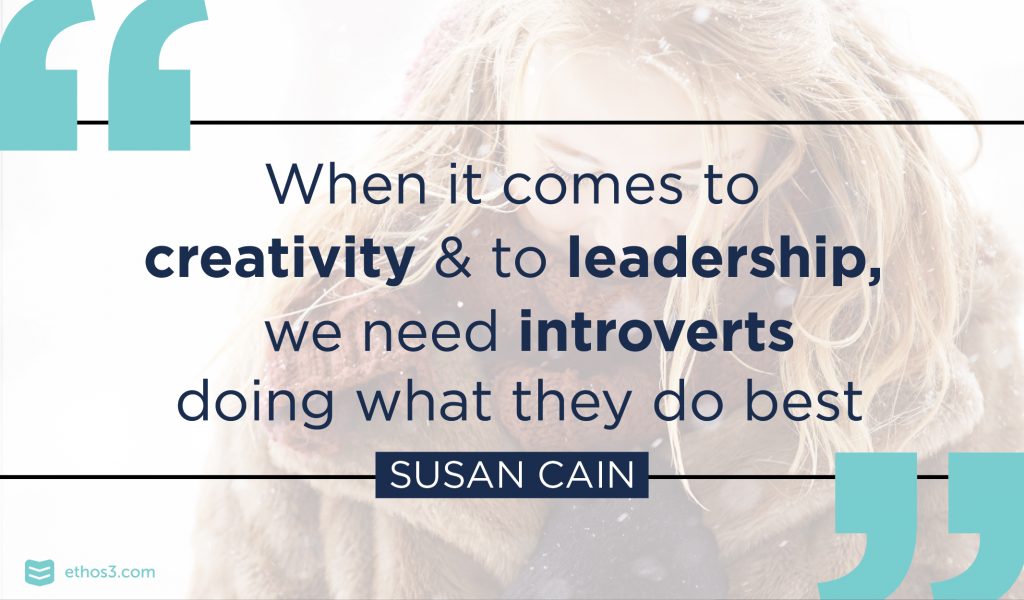The discussion about introversion and extroversion has been a viral topic over the past few years, spawning memes and a general discussion about self-awareness and self-care. You’ve probably already considered the question of your own introversion or extroversion, thinking about how you feel in social situations and beyond.
One of the reasons that this topic has been so widespread is due to a TED talk delivered by author Susan Cain called “The Power of Introverts.” If you haven’t seen it yet, watch below:
This subject is more than just an interesting look into psychology. It has resonated with millions of viewers worldwide because of her skill as a presenter paired with her knowledge of the way people are. Here’s why we believe that this TED talk launched the entire concept of introversion/extroversion into social consciousness.
Making the audience connection
Our experiences, social or otherwise, are often a journey that we embark on alone. When we are injured, we have to explain to the doctor what hurts and how much. This is why there is an incredible bridge created when someone is able to tell us what we have been suspecting, feeling, and experiencing within ourselves.
Susan Cain puts a name for something that many people have felt about their experiences, but didn’t previously know where to categorize. If her studies are correct and one in every three people are introverted, then a third of the entire population now has a better understanding about how they socialize and operate. That not only widens her audience, but also helps make an instant connection with anyone who feels the same way she does.
One incredible opening

Susan Cain’s story about the “ROWDIE” camp when she was a girl is one of the strongest TED talk openings of all time. There’s a reason why: it perfectly combines humor with a tale that can be related to by introverts (and even extroverts) in the audience. There are so many situations where we wonder “why is everyone shouting? Why is this loud thing happening?” It puts the audience in that uncomfortable mindset, wishing for her sake that the young Susan could return to her books.
A great storytelling opening sets her talk apart from so many others, especially since it is so very relatable.
A high level call to action
Great call to actions are often clear enough for the audience to do immediately when they leave the room. A website to visit, an amount to invest, or perhaps a newsletter to sign up for. Cain travels (successfully!) in the opposite direction, encouraging members of her introvert audience to take care of themselves, but also encouraging extroverts to adopt some peaceful habits. It ties her talk together beautifully because it makes you want to learn more about the entire concept itself and engage in self-care.
In her own words: “Go to the wilderness. Be like Buddha, have your own revelations. I’m not saying that we all have to now go off and build our own cabins in the woods and never talk to each other again, but I am saying that we could all stand to unplug and get inside our own heads a little more often.”
No matter where you are in your life, where you work or live, or who you interact with, Susan Cain’s concepts can resonate with you. Even if you identify as an extrovert, her words may open your perception and explain the behavior of some of your closest friends and family. Consider that she is able to plant a completely new concept within her audience in only 18 minutes. That’s the power of a great TED talk.
Want to take a closer look at more incredible TED talks and speakers? Check out these related blog posts we’ve written:
3 Essential TED Talks for the Presenter
A Closer Look at Kathryn Schulz’s TED Talk: “On Being Wrong”
